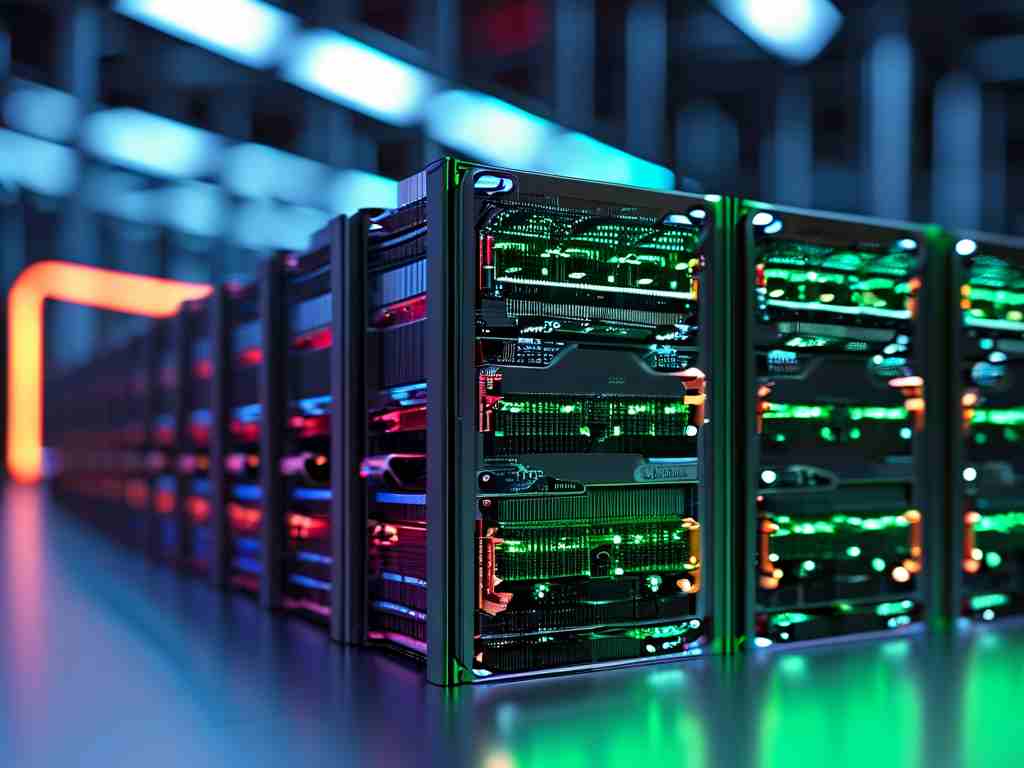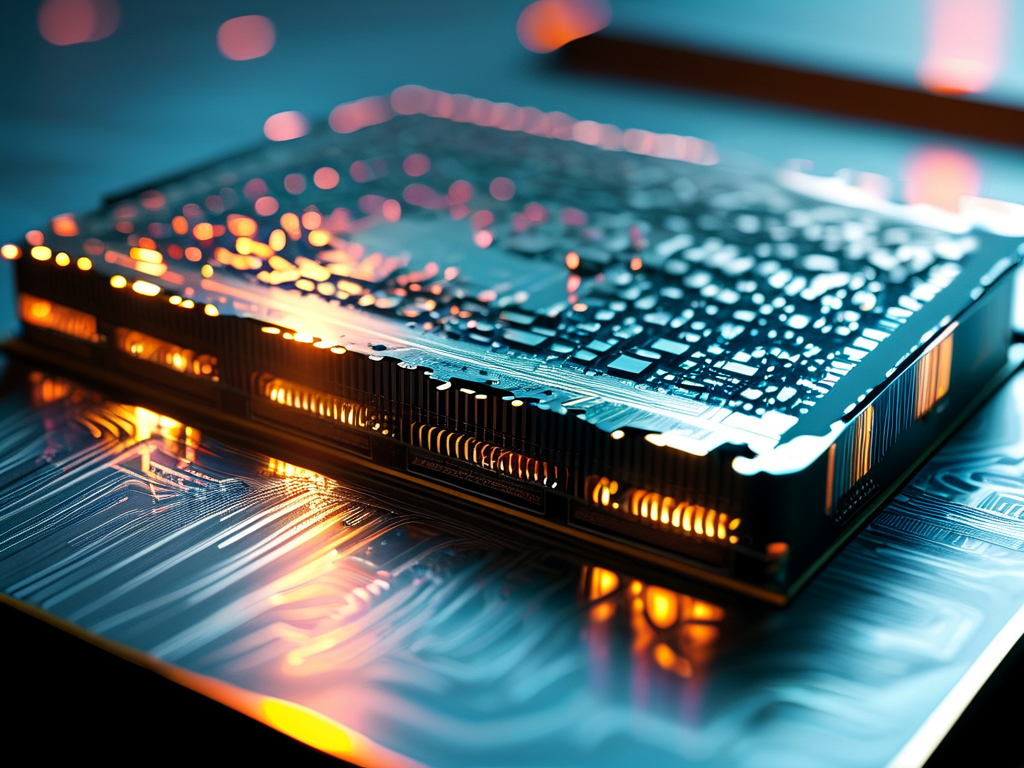In the realm of high-performance computing and graphics processing, NVIDIA has long been a pioneer, not only for its hardware innovations but also for its sophisticated software ecosystems. At the core of its success lies an often-underappreciated element: memory management mechanisms. These systems ensure that GPUs deliver peak performance while handling complex workloads, from AI training to real-time rendering. This article explores how NVIDIA’s memory architecture balances efficiency, speed, and scalability.

The Role of Memory Hierarchy
NVIDIA GPUs employ a multi-tiered memory hierarchy designed to minimize latency and maximize bandwidth utilization. At the top sits the global memory, accessible to all threads but with higher latency. Below this are shared memory and cache layers (L1, L2), which provide faster access for frequently used data. This hierarchy allows developers to strategically allocate resources based on task priority. For instance, critical computations can leverage low-latency shared memory, while bulk data resides in global memory.
A key feature is Unified Memory, introduced with CUDA 6. This technology creates a single address space across CPU and GPU, eliminating the need for manual data transfers. Instead, the system automatically migrates data between host and device, reducing developer overhead and minimizing bottlenecks. For example, in machine learning workflows, large datasets can seamlessly transition between preprocessing on the CPU and training on the GPU without explicit coding.
Dynamic Allocation and Zero-Copy
NVIDIA’s runtime APIs, such as cudaMalloc and cudaFree, enable dynamic memory allocation on the GPU. Unlike static allocation, this approach adapts to varying workloads, ensuring resources are neither underutilized nor exhausted. Consider a rendering engine that processes scenes with unpredictable geometry complexity: dynamic allocation prevents memory waste during simpler frames while scaling up for intricate ones.
Another breakthrough is Zero-Copy Memory, which allows the GPU to directly access CPU memory without duplication. By mapping host memory into the GPU’s address space, this technique slashes transfer times for latency-sensitive applications. Autonomous vehicle systems, for instance, benefit from real-time sensor data processing where even microsecond delays matter.
Memory Oversubscription and Compression
Modern GPUs often handle datasets exceeding physical memory limits. To address this, NVIDIA uses memory oversubscription techniques, temporarily swapping less critical data to slower storage (like NVMe SSDs) while keeping active datasets in high-speed VRAM. This is paired with lossless compression algorithms that reduce memory footprint without sacrificing data integrity. In gaming, this allows textures and models to occupy less space, enabling higher-resolution assets without stuttering.
Error Handling and Debugging Tools
Robust memory management also involves preempting failures. NVIDIA’s CUDA-MEMCHECK toolkit identifies leaks, out-of-bounds accesses, and misaligned pointers. For developers, integrating these tools into pipelines ensures early detection of memory-related bugs. A common scenario is debugging a deep learning model that crashes due to insufficient VRAM; CUDA-MEMCHECK pinpoints the exact kernel causing the overflow.
The Future: Scalability and Heterogeneous Systems
As workloads grow more complex, NVIDIA is advancing memory architectures for scalability. Technologies like NVLink and Magnum IO enable multi-GPU systems to pool memory, creating a unified resource for massive datasets. In data centers, this allows clusters to train billion-parameter models that no single GPU could handle alone.
Moreover, the rise of heterogeneous computing—combining GPUs, DPUs, and CPUs—demands smarter memory orchestration. NVIDIA’s BlueField DPUs offload memory management tasks from GPUs, freeing them to focus on computation. This division of labor is critical for edge computing, where power and latency constraints are tight.
NVIDIA’s memory management mechanisms are a blend of hardware ingenuity and software intelligence. By optimizing data placement, automating transfers, and embracing adaptive strategies, these systems empower developers to push the boundaries of what GPUs can achieve. As AI, gaming, and scientific computing evolve, NVIDIA’s relentless focus on memory efficiency will remain a cornerstone of its technological leadership.


